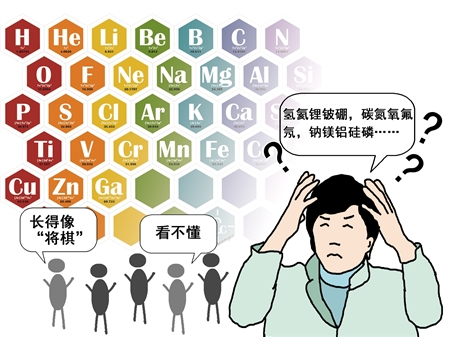Mendeleyev used a slightly different approach, placing his elements into groups of seven, but employed fundamentally the same principle. Suddenly the idea seemed brilliant and wondrously perceptive. Because the properties repeated themselves periodically, the invention became known as the periodic table.

Mendeleyev was said to have been inspired by the card game known as solitaire in North America and patience elsewhere, wherein cards are arranged by suit horizontally and by number vertically. Using a broadly similar concept, he arranged the elements in horizontal rows called periods and vertical columns called groups. This instantly showed one set of relationships when read up and down and another when read from side to side. Specifically, the vertical columns put together chemicals that have similar properties. Thus copper sits on top of silver and silver sits on top of gold because of their chemical affinities as metals, while helium, neon,and argon are in a column made up of gases. (The actual, formal determinant in the ordering is something called their electron valences, for which you will have to enroll in night classes if you wish an understanding.) The horizontal rows, meanwhile, arrange the chemicals in ascending order by the number of protons in their nuclei—what is known as their atomic number.












